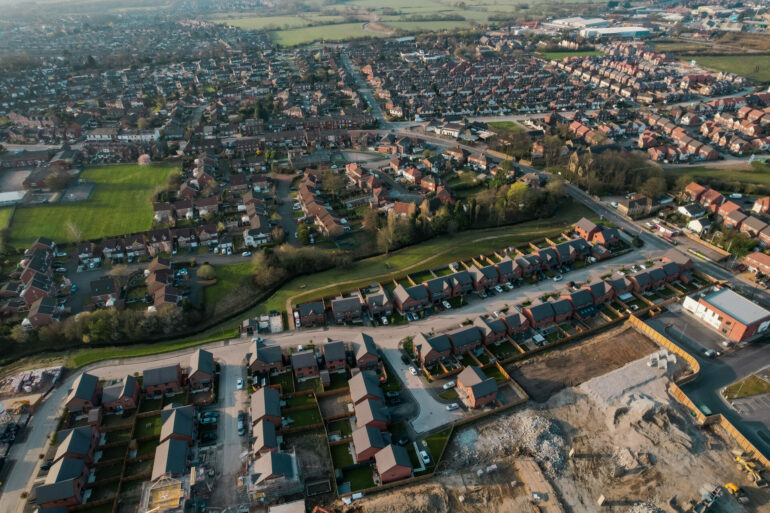More imaginative solutions are needed to tackle the housing crisis, a panel of experts assembled by the Royal Institute of British Architects (RIBA) and supported by Family Building Society (FBS) has said.
The panel suggested developing spare land in existing new towns rather than building new ones and modernising the current housing stock.
They also proposed redeveloping empty properties in or near town centres into residential units to provide affordable housing for downsizers.
Good transport links and infrastructure were identified as essential for residents, especially the elderly, to access town centres easily.
Mark Bogard, CEO of Family Building Society, said: “There are a lot of different initiatives, but until departments, be they government departments or in councils, join up, they’re just pulling in completely different directions at the same time.
“Someone needs to have an overarching vision for planning and delivery.”
Paul Karakusevic, co-founder of Karakusevic Carson Architects, said: “There are schools, stations, bus stations, empty shops and acres of publicly owned land.
“It seems to me illogical to be building on remote airfields that lack any infrastructure when you have perfectly good functioning towns already well established with embedded communities and developed economies, fabulous local infrastructure and ready to go transport connections.”
Sowmya Parthasarathy, fellow of urban design and master planning at Arup, said: “As architects we come up with amazing individual projects, but we talk quite a lot to our own discipline.
“We need to have very many more substantive conversations with related disciplines, be they funders or economists or government policy makers, because all our good ideas will only remain smaller projects unless we can influence people who can actually unlock things further up the food chain.”
Jonny Buckland, creative director at Studio SAAR, said: “Co-design and increasing our skills to communicate with the people that we’re working with is vital.
“It’s about how we can facilitate design conversation and not dictate design conversation.”




